NEWS
23.02.2023
I Swore I'd Only Make 3 Games! How the PlayStation 2 Dragon Ball Z: Budokai Series Was Born
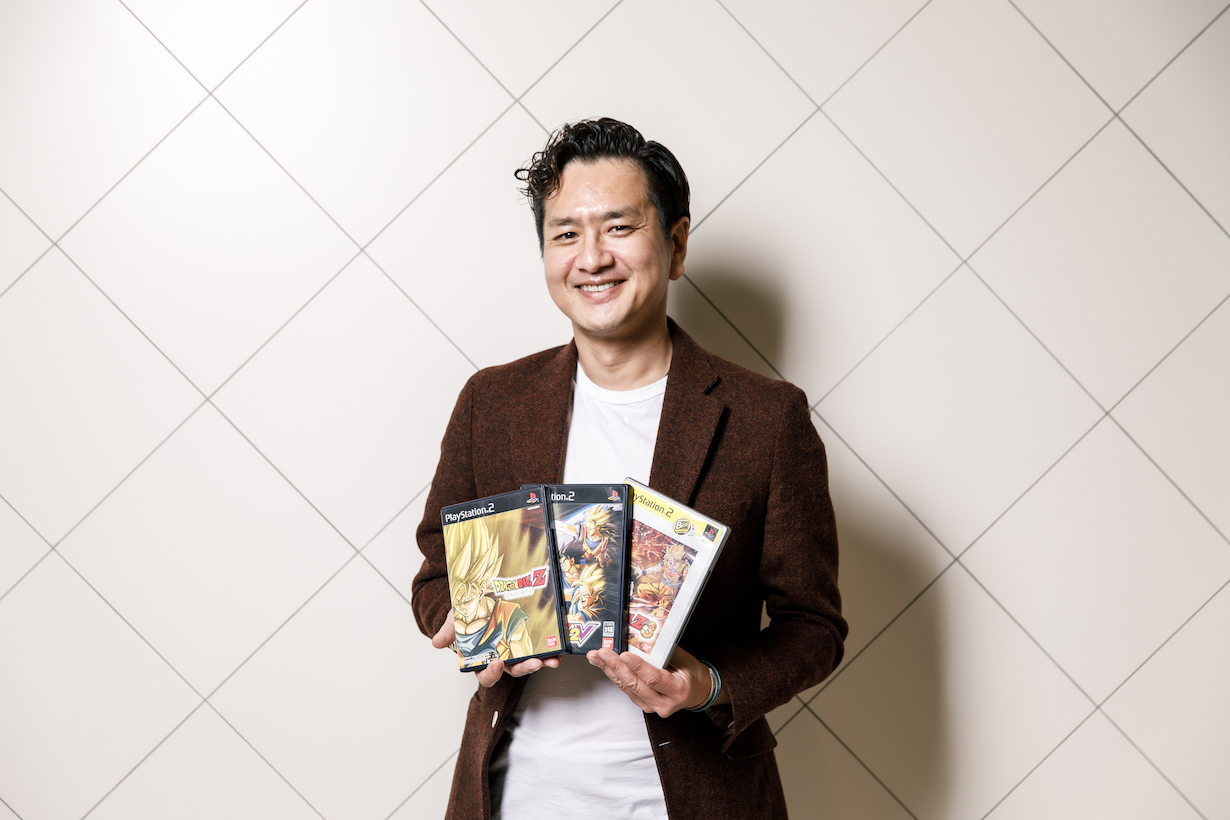
Today we'll be discussing the Dragon Ball Z: Budokai series, simply known as Dragon Ball Z in its native Japan, that was released in 2003 for the PlayStation 2. The iconic first game spawned two additional games and became a mega hit, with the trilogy selling approximately 1.5 million copies in Japan and a whopping 7 million copies internationally. I'm sure there are many readers out there who got hooked on this series and have fond memories of the amazing battles these games had to offer.
With a massive roster headlined, of course, by Goku, this series of games allowed players to freely play as tons of iconic characters from the Dragon Ball anime in adrenaline-filled, realistic battles. This series of games was produced by none other than Daisuke Uchiyama (President & CEO of Bandai Namco Studios Inc.), who stated that, "My goal was to create games that would let players enjoy the world of Dragon Ball to their heart's content." when reflecting upon the games' development.
In this article, we will be asking Mr. Uchiyama about his experience as a game developer as well as his passion for all things Dragon Ball.
*This interview was conducted remotely in accordance with coronavirus prevention measures.
Profile
Interviewee: Daisuke Uchiyama
President & CEO of Bandai Namco Studios Inc. and director at Bandai Namco Entertainment, Inc. CE Business Department Head. Joined Bandai, Inc. in 1994. Has produced a variety of games, including console games featuring characters from titles such as Dragon Ball and NARUTO. Previously headed a cross-media project while serving as the original main producer for the .hack series.
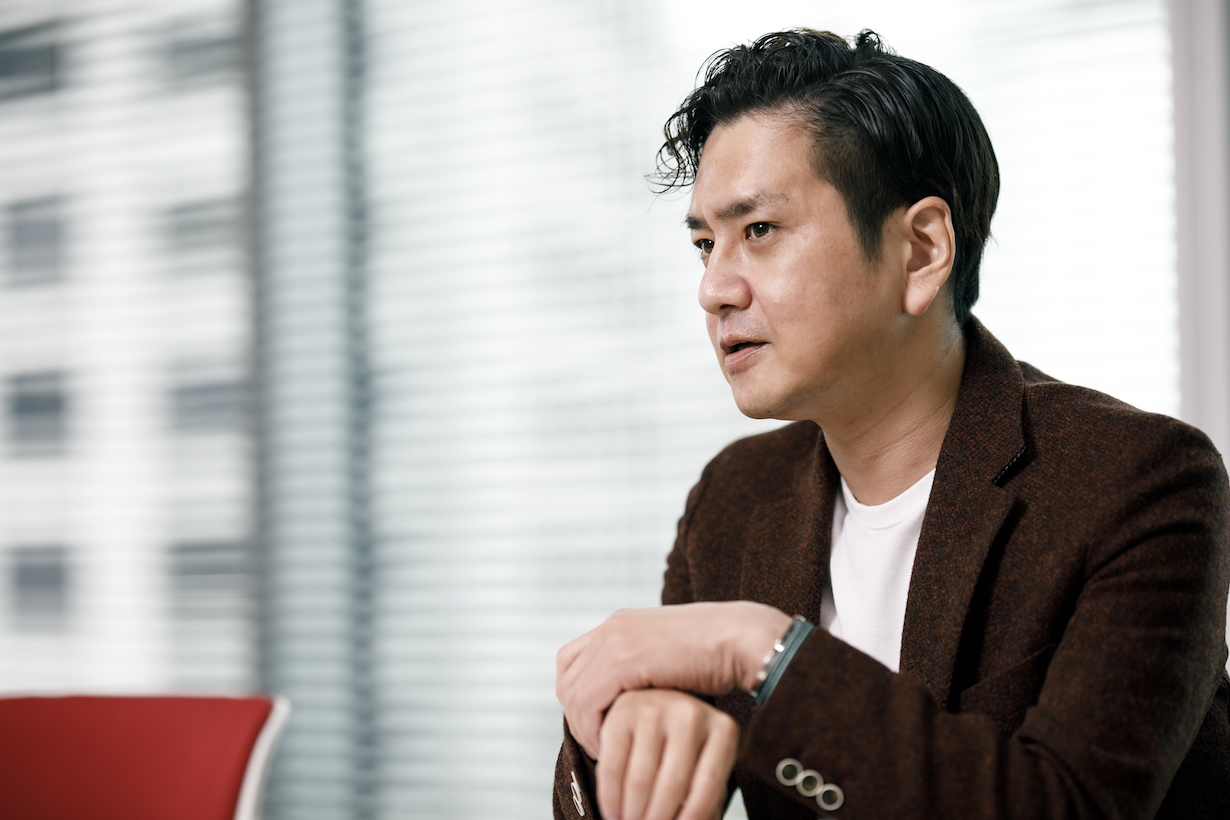
・Interviewer: Shinsuke Tada
Freelance writer born in 1983 and the youngest of four siblings. Grew up watching the Dragon Ball anime every week without fail for as long as he can remember thanks to his older brother. Favorite bad guys are the Saibaimen.
Table of Contents
・Becoming a Creator: How Being Forbidden to Play Games Launched a Career
・ A Chance to Try Everything besides Development: Learning the Basics of Game Creation as a Newcomer
・ Has DRAGON BALL Z: Budokai for the PlayStation 2 Achieved Mythical Status?!
・ The Secrets behind the "Dragon Shading" Used to Bring out the Characters' Charm
・ We Went All Out on the Dragon Ball Z: Budokai Games; That’s Why There Are Only 3 of Them
・ Overwhelming Respect for the First Game’s Packaging
--Becoming a Creator: How Being Forbidden to Play Games Launched a Career
Uchiyama: My relationship with Dragon Ball goes all the way back to when I was in elementary school. In 2nd grade, Akira Toriyama's manga Dr. Slump began running in Weekly Shonen Jump. I was only a child, but I remember being totally blown away by the first chapter. It was totally different from the hot-blooded manga of the 1970s, and I was captivated by the American pop culture-style charm of Arale’s world and Toriyama's incredible artwork.
Moving on, the publication of the Dragon Ball manga started when I was in 5th grade. I was able to tell immediately that this was the newest work by the person who drew Arale. Dragon Ball brought new charming characters to life, plus it featured lots of wonderfully illustrated technology. In the early part of the story, I fell in love with all the amazing vehicles that popped out of the Hoipoi Capsules the characters used.
Before long the anime began playing on TV and I ended up spending my most impressionable years in middle school and high school following Goku as he grew up and continued his adventures as an adult in Dragon Ball Z.
--Wow, so you've been a fan since the very beginning of Dragon Ball's publication. What made you interested in joining the video game industry?
Uchiyama: Well for starters, Nintendo released their Family Computer, or "Famicom", when I was in elementary school. The Famicom was the absolute pinnacle of technology for us kids at the time. The games were incredible too, with hits like Super Mario Bros., Ghosts 'n Goblins, Dragon Warrior, and Xevious being released one after another.
Unfortunately, I could never convince my parents to buy me a Famicom. At the time, video games had the stigma of being bad for kids, and were thought to lead to poor study habits, failure to exercise, and poor eyesight by many adults. Because of this, my only chance to play the Famicom was at my cousin's house once a week.
I really wanted to play video games, but my parents wouldn't let me. As a result of this, I began creating manga, novels, and even game strategy guides on my own in middle school. Come to think of it, I even made some "choose your own adventure" style books. For those, I wrote out scenarios using pen and paper, and also designed flow charts... In that regard, I guess that I was well on my way to becoming a creator even then.
I remained unable to play the games I loved so much until I reached adulthood. With all those pent-up feelings inside me, I decided to enter the video games industry so I would have the chance to make fun games myself.

--What kinds of projects did you work on after you started working at Bandai?
Uchiyama: I worked on game-related matters in what was called the multimedia division at the time, and as part of that I coordinated with outside developers and did basically everything other than the development itself. So depending on the period, I could be working on managerial duties, advertising, negotiations with platform engineers, editing promotional videos, you name it. There was even a time when I did debugging for days on end.
Because our department produced games for many Jump titles, I also ended up visiting the editorial department at Shueisha. The editors there truly put the feelings of the creators and the distinct style of each title first, and their insightful feedback was extremely helpful for us as we developed games.
At the time, I didn't have much time to think about things at length, but looking back on that period now I can see how it helped me to master all the basics of making video games.
--How did you end up getting involved in Dragon Ball games?
Uchiyama: In my first year at the company, I worked as an assistant on Dragon Ball Z: Super Butōden 3 for the Super Famicom. After that, I worked on Dragon Ball Z: Goku Hishōden for the Gameboy.
After Dragon Ball GT’s broadcast ended in 1997, there weren’t a lot of Dragon Ball games getting made. Other new Jump-related properties were developed into games, and I worked on a Fist of the North Star game that was aimed at adults like me. It became a pretty big hit.
I always felt that if I could convey the appeal of the shows that I was obsessed with as a kid, fans would definitely come out to support them. My boss at the time knew that’s how I felt and one day asked me if I’d be interested in making another Dragon Ball game.

--I take it that’s what led to the development of Dragon Ball Z: Budokai (2003), Budokai 2 (2004), and Budokai 3 (2005) for the PlayStation 2.
Uchiyama: We were initially aiming to get the first Dragon Ball Z: Budokai out the door by 2002, but after one of the phases of development delayed us into 2003, we figured that year was the best time to release it.
--Can you tell us any behind the scenes stories from back then?
Uchiyama: When I was working on the PS2 version, I strived to make it as close to the anime as possible, which involved getting Masako Nozawa and all the other amazing Japanese voice actors on board. Kozo Morishita, who’s now the Chairman at Toei Animation, was instrumental in making that happen. He basically made the recording sessions like a fun reunion for the cast and they gave us some great performances.
After that, we got the sales and advertising planning in order and the editorial department at Shueisha gave us a lot of useful feedback.
--Would it be fair to say the series has achieved mythical status?
Uchiyama: Maybe, but I felt very strongly about bringing the game to life, so I received a lot of materials regarding various scenes, and all of us in development took another crack at it. We delayed the game from its original target of summer 2002 and immersed ourselves in the world of Dragon Ball Z again. We spent a lot of time and energy redoing things and went back to Shueisha after three months to show them what we had accomplished.
At the time we had prepared a huge stack of presentation materials regarding how we wanted to interpret the events of Dragon Ball Z and represent them in the game. About 10 minutes after we started the presentation, the editorial department gave us the okay after seeing how we remade one of the scenes. It was actually kind of anti-climactic.
When I think about it now, I think what they had wanted all along was for us to really figure out what Dragon Ball meant to us and put it into the game.
--Then in 2003, Dragon Ball Z: Budokai for the PlayStation 2 finally released to huge acclaim.
Uchiyama: The Dragon Ball DVD box sets and the Complete Edition of the manga also went on sale around the same time, so there was a bit of a Dragon Ball resurgence going on back then.
The Complete Edition went on sale in December of 2002, and then Budokai dropped in February of 2003, followed by the Dragon Box DVD box sets in March. It was pure coincidence, but looking back, we were able to release these amazing games thanks to how perfect that timing was.
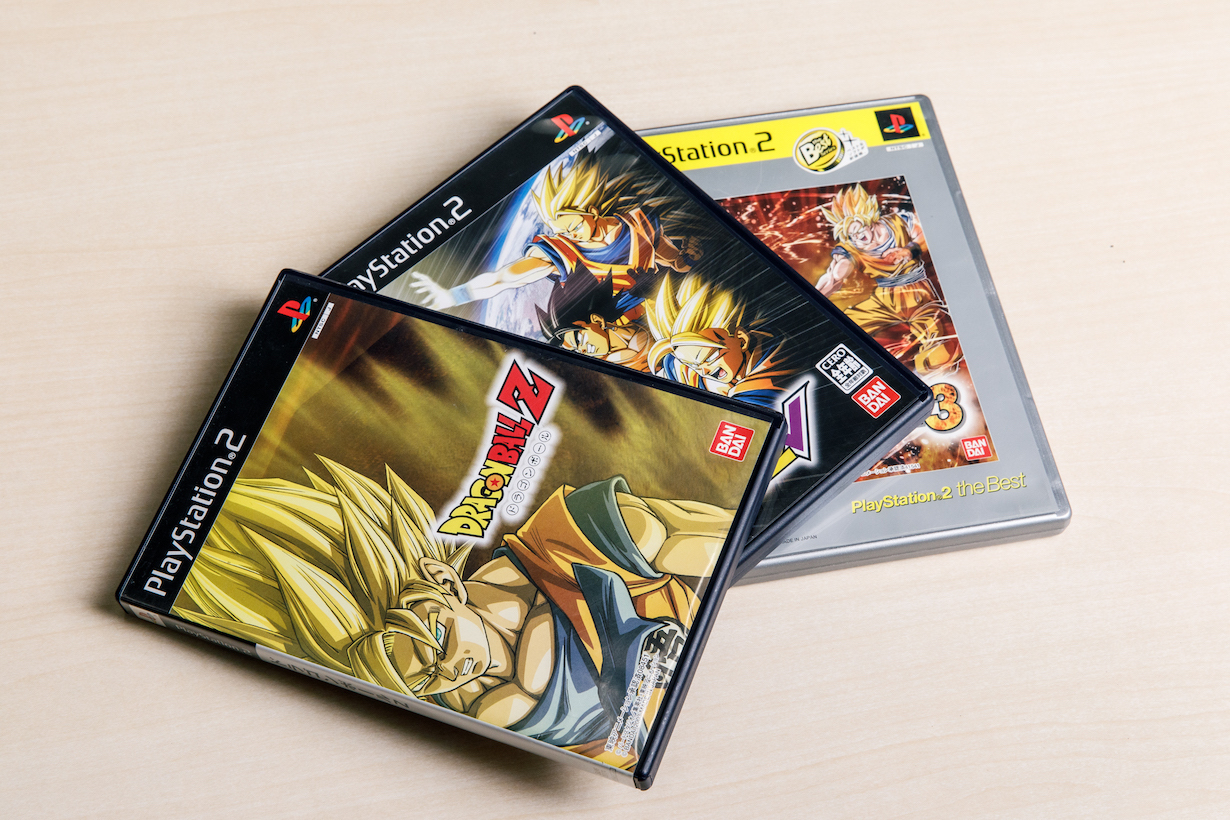
--2004’s Dragon Ball Z: Budokai 2 used “Dragon Shading” to give the 3D graphics an anime-like look to them. What kind of ideas and trial and error did you have to use in order to achieve this look?
Uchiyama: Since we didn’t want to let this great chance we had been given with the first game go to waste, we made the decision to release Budokai 2 on February 7, 2004. The development team gained a lot of experience developing for the PS2, so we wanted to find out how to further bring out the charm in each character in a way that we weren’t able to with the first game.
The way we did that was by employing Dragon Shading, which is a technology more commonly known as Toon Shading. It was quite advanced for the time. It basically involved placing another model over the outlines of the original character model. Doing so made the characters look amazingly real and cool.
We needed to make Budokai 2 something special, and we managed to achieve that with Dragon Shading. We then built on this further in Budokai 3 by adding white highlights to the characters.
Since we were adding more character models, it put a real strain on the memory usage. We had to use our know-how to balance things out, and I remember feeling a real sense of victory when we finally got it done and out the door with the characters looking so cool.
--The series’ appeal lies in how exhilarating it is to move the characters around so easily, so much so that in 2005’s Budokai 3, Goku could fly around the whole world freely. A lot of fans were elated when they saw that.
Uchiyama: We utilized everything that worked in the first two games and took it to the next level. Budokai 3 really is the culmination of all the hard work we had put in over the years.
With the first game, there were a lot of things we weren’t able to implement because of the technology. But all of us in the development team really wanted fans to be able to enjoy the world of Dragon Ball Z to their heart’s content, so we focused all our passion into making that a reality.

--Can you tell us how well the Budokai series sold on the PlayStation 2?
Uchiyama: The series as a whole ended up selling a total of 1.5 million units in Japan and 7 million units worldwide.
We weren’t really sure how well the first game in the series would do, but we ended up needing to add three additional shipments in order to meet the initial pre-orders and subsequent demand. We actually ended up with a backlog of outstanding orders.
We hammered out an agreement with our overseas partners and sold the game in five different languages, including English. The game came out right as the Dragon Ball Z anime was airing on cable TV in the United States, so it ended up doing far better than we expected. It was like Dragon Ball fans around the world were waiting for a game just like this.
--If the series was so successful, why did you stop at three?
We had originally agreed to end the series at Budokai 3. We put all our might into getting the series off the ground with the first game, the second one had huge advancements such as Dragon Shading, and the third one included everything else that we had wanted to do. That was the plan we had from the get-go, which we accomplished.
If we had made a Dragon Ball Z: Budokai 4, we may not have been able to stop creating more entries in the series. Then you’d wind up with new people in charge, and the passion that we had at the beginning might have dwindled. That’s the unfortunate fate that tends to befall game series that go on too long.
We had given the Dragon Ball Z: Budokai series everything we had, so we didn’t want to go down that path. Meanwhile, other teams picked up the zeal and passion we had and made their own series, such as the Dragon Ball Z: Budokai Tenkaichi series that came later.
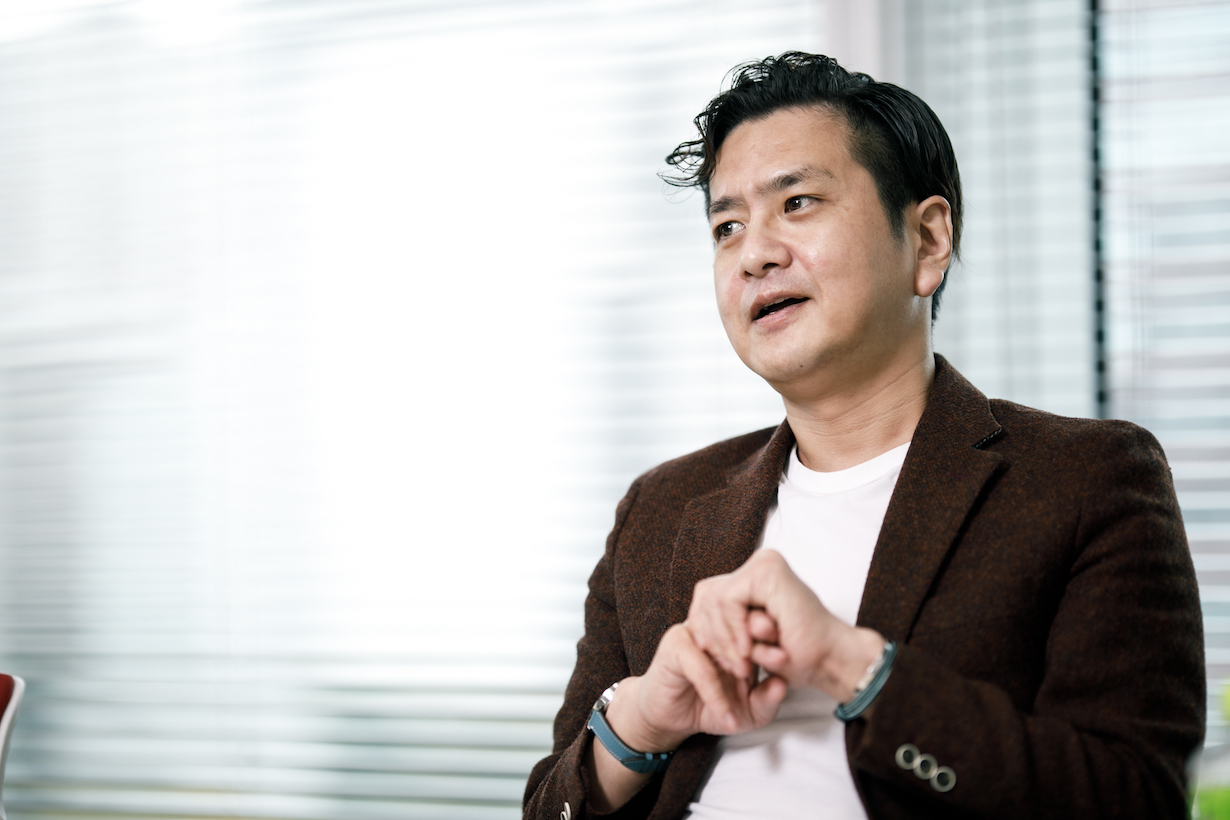
--As someone who is helping to cultivate the next generation of game creators, what type of Dragon Ball game are you hoping to see in the future?
Uchiyama: It would be interesting to see a title that has you play as a villain, like a game where you give orders to the Frieza Force to conquer the galaxy, or maybe a simulator where you try to run the Red Ribbon Army.
--That’s definitely out of left field. I wouldn’t mind trying to command the Frieza Force or Red Ribbon Army!
Uchiyama: One of the appeals of Dragon Ball is the powerful enemies who keep appearing one after another. After the Red Ribbon Army had been destroyed, Majunior appeared, and after he was defeated, Raditz came to earth. It’s always exciting to see how much more powerful the bad guys can become.
Personally, I think my favorite character design is Fourth Form Frieza. There's something so appealing about the ruthless power he has in that state. I wonder if there’s anyone out there who can do a Frieza Force game justice (laughs).

--Could you tell us your favorite moment in all of Dragon Ball?
Uchiyama: My favorite moment has to be in volume 27 of the manga where Krillin is killed by Frieza and Goku turns Super Saiyan and just glares at Frieza. That scene tells you everything about Dragon Ball Z. That’s why I chose it as the artwork for the first Budokai game’s packaging.
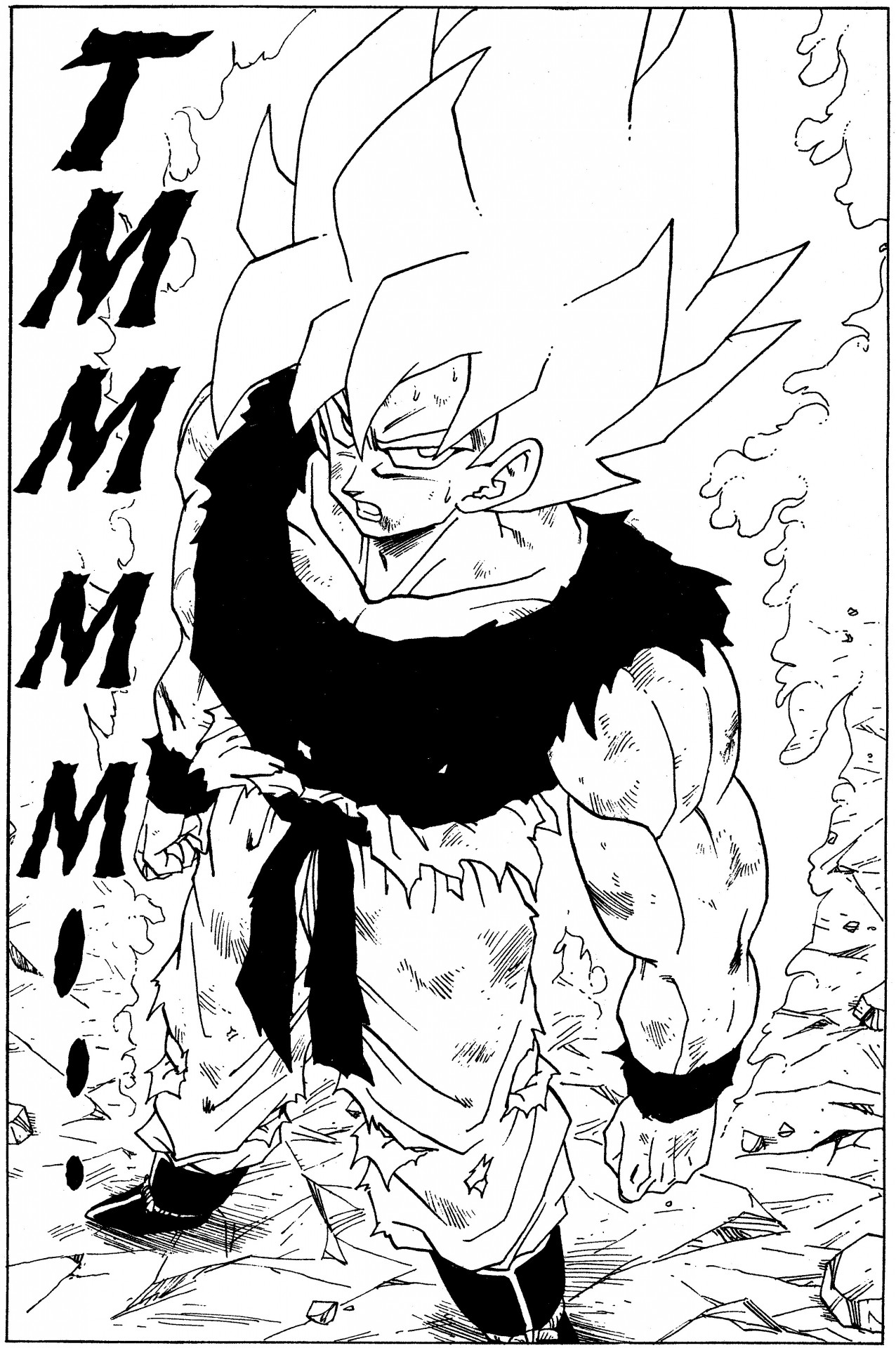
I feel like any fan could take one look at the cover and understand what kind of game it is without any explanation. Putting it on the packaging was my way of showing how deeply I respect this series.
There are 42 volumes of the original Jump Comics Dragon Ball manga. I would always re-read it when I had to write a business proposal as a newbie, so much so that I now know roughly what volume and page number all the scenes take place on. Even though I read it so many times for work, it still feels fresh any time I open a volume. Dragon Ball is truly one-of-a-kind.
Photography: Shinsuke Yasui
This site includes machine-translated texts. Please be aware that you might find some unusual expressions that are difficult to understand.
Post
Confirm Post
Post the above comment?
Reply
Confirm Reply
Post the above comment?
Are you sure you want to delete this comment?
Report successful
Post Unsuccessful
This user will be muted.
You will be unable to see comments from muted users in the comments area.
*To unmute users, navigate to the "Comments" area on MY PAGE.
Reply
Confirm Reply
Post the above comment?
Edit
Post
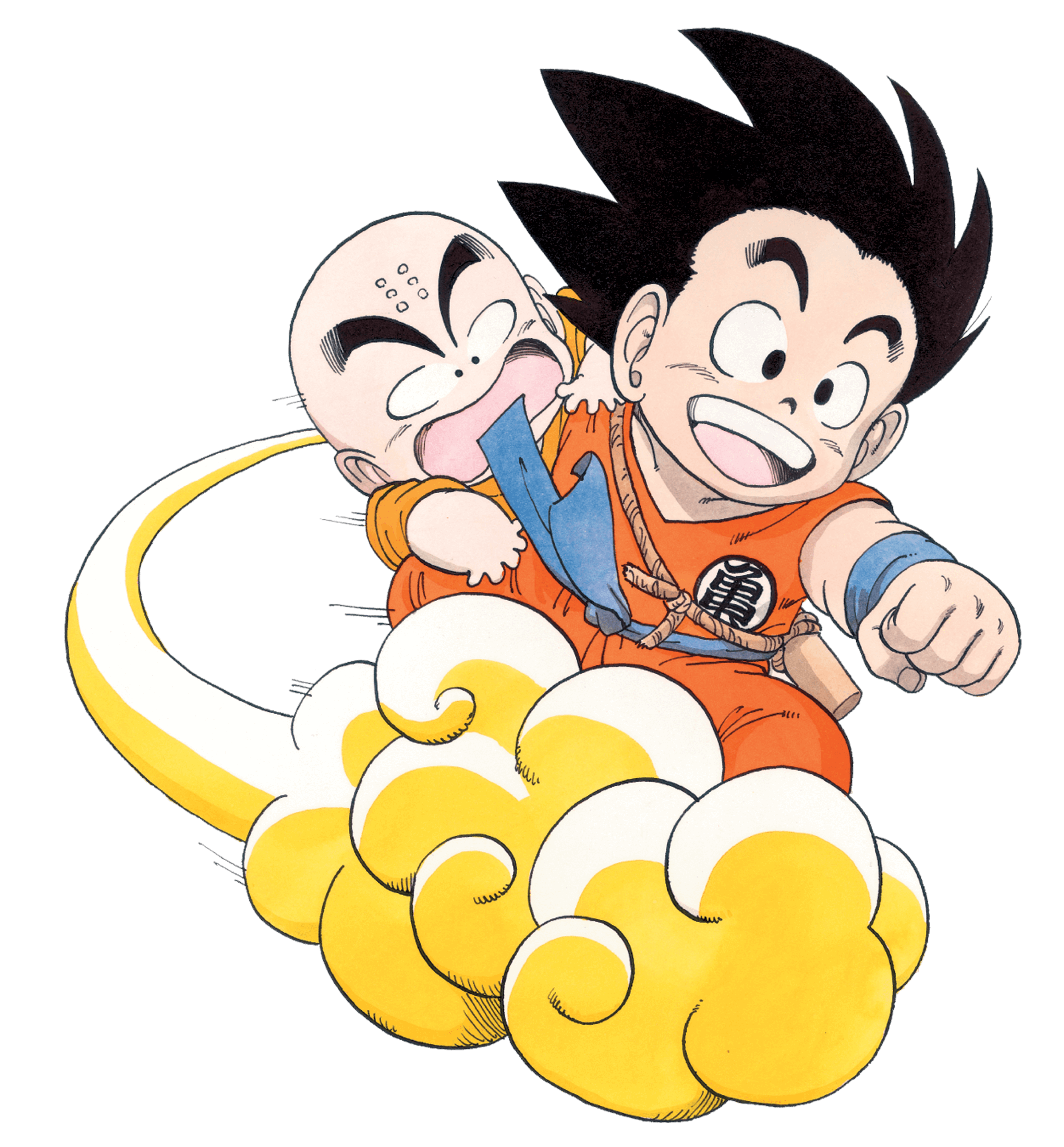

Post
Confirm Post
Post the above comment?
Edit
Post